Dr Bulent Yaprak is a specialist plastic and reconstructive surgeon with advanced expertise in hand surgery. Having trained both in New Zealand and internationally, Dr Yaprak brings years of focused experience in diagnosing and treating a wide range of hand conditions — from trauma and tendon injuries to nerve compression, arthritis, and reconstructive procedures. He regularly attends specialised courses and surgical conferences to stay at the forefront of modern hand surgery techniques, ensuring patients receive safe, effective, and evidence-based care.
The hand is one of the most intricate and vital parts of the body — essential for nearly every daily task. Whether you’re dealing with an injury, a degenerative condition, or a long-standing functional issue, Dr Yaprak and his team offer personalised, comprehensive care from diagnosis through to recovery. Their goal is always to restore strength, comfort, and mobility, with minimal downtime and a tailored plan that suits your individual needs.
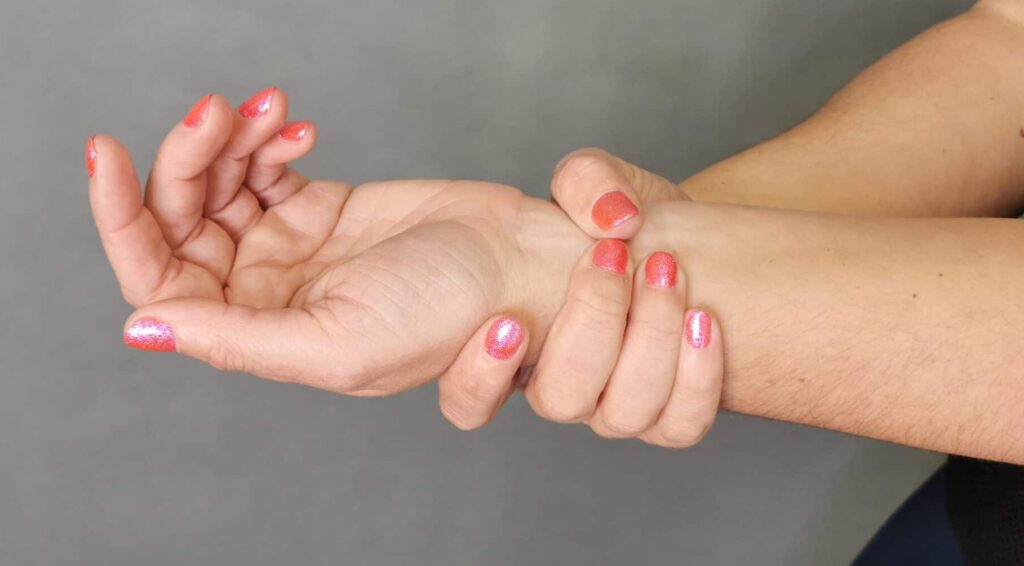
Carpal Tunnel Syndrome (CTS) occurs when the median nerve is compressed as it passes through the narrow carpal tunnel in the wrist, causing numbness, tingling, and weakness in the hand. This condition can progress over time, leading to difficulty with everyday tasks like gripping objects or using a computer keyboard.
In mild cases, non-surgical treatments such as splinting or steroid injections may provide relief. However, for more severe or persistent cases, surgery is often required. Carpal Tunnel Release surgery is a straightforward procedure aimed at relieving pressure on the median nerve by cutting the ligament that forms the roof of the tunnel. This decompresses the nerve and alleviates the symptoms.
Carpal Tunnel Surgery is typically a day surgery, performed under local anaesthetic, allowing for a quick return home. Most patients experience immediate relief from symptoms like tingling and numbness, although full recovery of strength may take a few months. Light use of the hand can usually resume within a few days, with full function returning gradually over time.
Cost: The cost for Carpal Tunnel Surgery is $2,300, excluding the consultation fee.
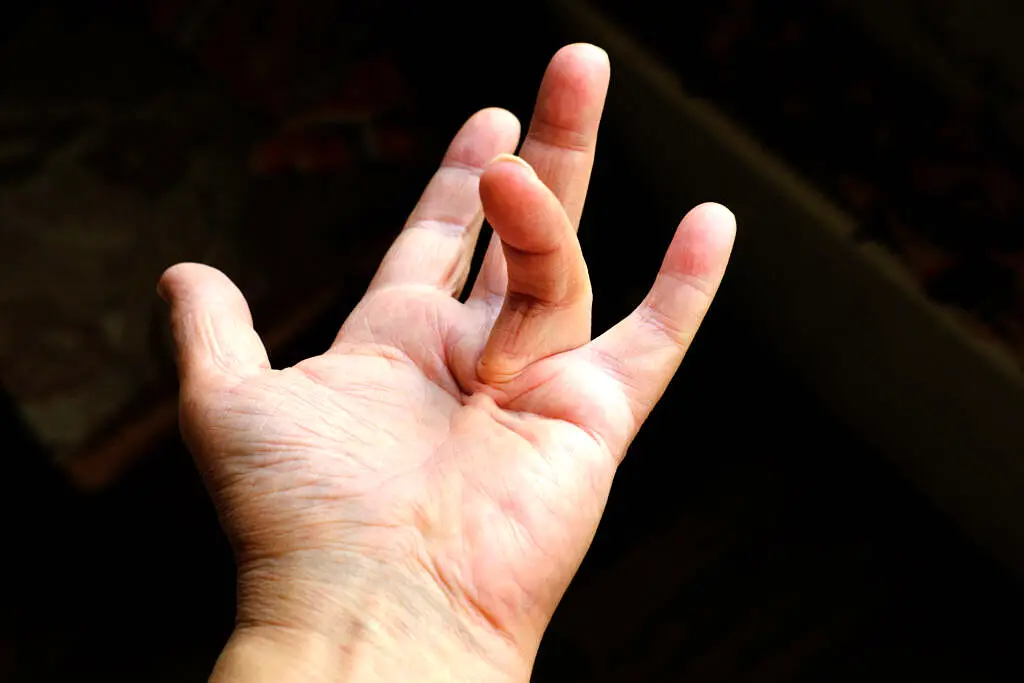
Dupuytren’s Contracture is a condition where the fascia, a layer of connective tissue in the palm, thickens and tightens, pulling the fingers toward the palm in a bent position. Over time, this can severely limit hand function, making it difficult to perform daily tasks. The condition tends to progress slowly and is often seen in people over the age of 50.
There are two main surgical approaches for treating Dupuytren’s Contracture: a needle fasciotomy and a fasciectomy. Each approach is tailored to the severity and progression of the condition.
A needle fasciotomy is a less invasive option that can be performed in our rooms under local anaesthetic, eliminating the need for general anaesthesia and reducing hospital costs. During this procedure, a fine needle is used to divide the thickened cords of tissue, allowing the fingers to straighten without the need for a larger incision. This approach is quick and minimally invasive, with a shorter recovery time compared to traditional surgery.
While needle fasciotomy offers the benefit of convenience and minimal downtime, it is typically more effective in earlier stages of Dupuytren’s Contracture and for less severe cases. The procedure may not be as long-lasting as a fasciectomy, with a higher likelihood of the contracture returning over time. Additionally, because the thickened tissue is not fully removed, the fingers may not achieve full straightness in some cases.
For more advanced or severe cases, a fasciectomy may be necessary. This procedure involves removing the thickened fascia entirely, providing a more definitive solution and a lower risk of recurrence. While this surgery is more involved and typically requires general anaesthesia, it offers longer-lasting results and greater improvement in hand function.
Patients who undergo a needle fasciotomy can expect a quick recovery, usually within a few days. Light use of the hand can resume shortly after the procedure, although more strenuous activities should be avoided for a few weeks. In comparison, recovery from a fasciectomy may take longer, but with proper rehabilitation, most patients regain good function in their hand.
Cost: The cost for a needle fasciotomy is determined based on the complexity of the case and can be discussed during the initial consultation. A fasciectomy is a more involved procedure, and its cost depends on factors such as the severity of the contracture and hospital fees. We are unable to provide a specific estimate without a consultation.

In cases where a tendon is too damaged to repair or when there is permanent nerve or muscle damage, a tendon transfer may be required. This involves moving a healthy tendon from one part of the hand or forearm to a new position to restore function in the affected area.
Tendon transfers and reconstructions are highly specialized procedures that require a thorough understanding of the anatomy and function of the hand. Dr. Yaprak’s years of expertise allow him to perform these surgeries with a high degree of precision, ensuring patients regain as much function as possible.
The outcome of reconstruction or tendon transfer surgeries varies based on the patient’s specific condition. A comprehensive rehabilitation plan, including hand therapy, is critical for optimal recovery. It can take several months to a year for full recovery, depending on the complexity of the procedure.
Cost: Pricing for reconstruction and tendon transfers depends on the specific nature of the injury and surgery required. Estimates are provided following an initial consultation.
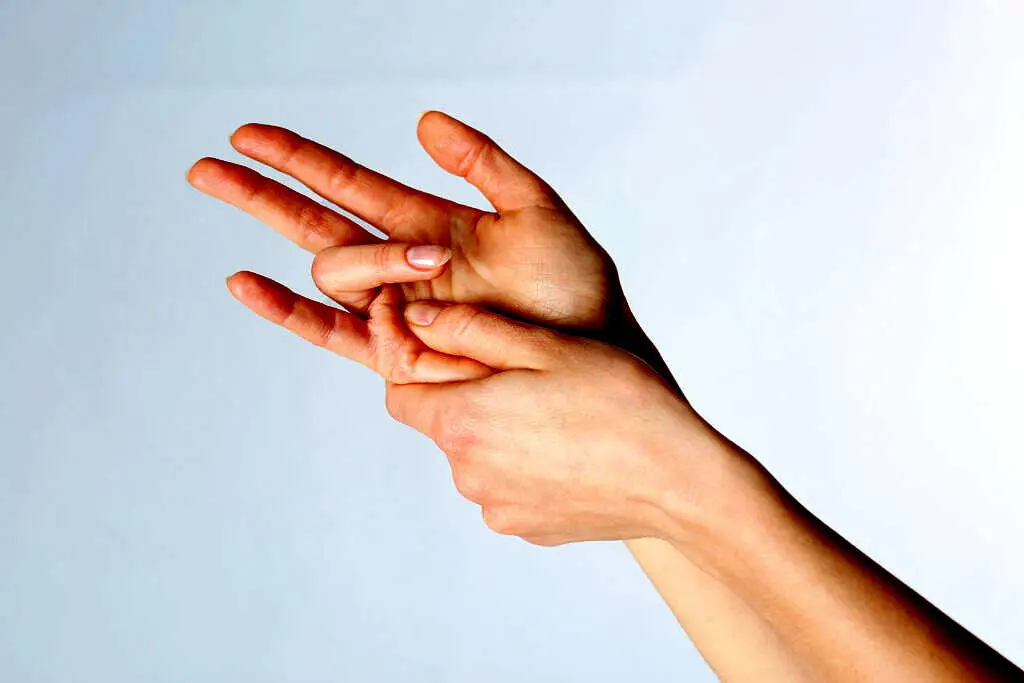
Trigger Finger occurs when one of the tendons in the finger or thumb becomes inflamed and thickened, making it difficult to straighten or bend the finger smoothly. This can cause the finger to lock in a bent position or snap straight with a clicking sensation.
Mild cases of Trigger Finger may respond to splinting or steroid injections, but more severe cases often require surgery. The surgical procedure involves releasing the tendon sheath to allow the tendon to glide more freely. This is a simple, minimally invasive procedure, typically done under local anaesthetic.
Trigger Finger Surgery is highly effective, with most patients experiencing immediate relief from the locking sensation. Recovery is usually swift, with patients able to use their hand within a few days. Full recovery of hand strength may take a few weeks.
In some cases, trigger finger can be caused by an accident or repetitive strain injury. If your condition is related to a work injury or other accident, you may be eligible for funding through the Accident Compensation Corporation (ACC). ACC funding can cover part or all of the costs associated with trigger finger surgery, depending on the nature of the injury and the claim approval process.
If you think your trigger finger is related to an accident or workplace injury, we can help guide you through the process of applying for ACC funding. Please note that approval is not guaranteed, and each case is assessed individually. During your initial consultation, Dr. Yaprak can assist in determining if you might qualify for ACC support and provide guidance on how to proceed.
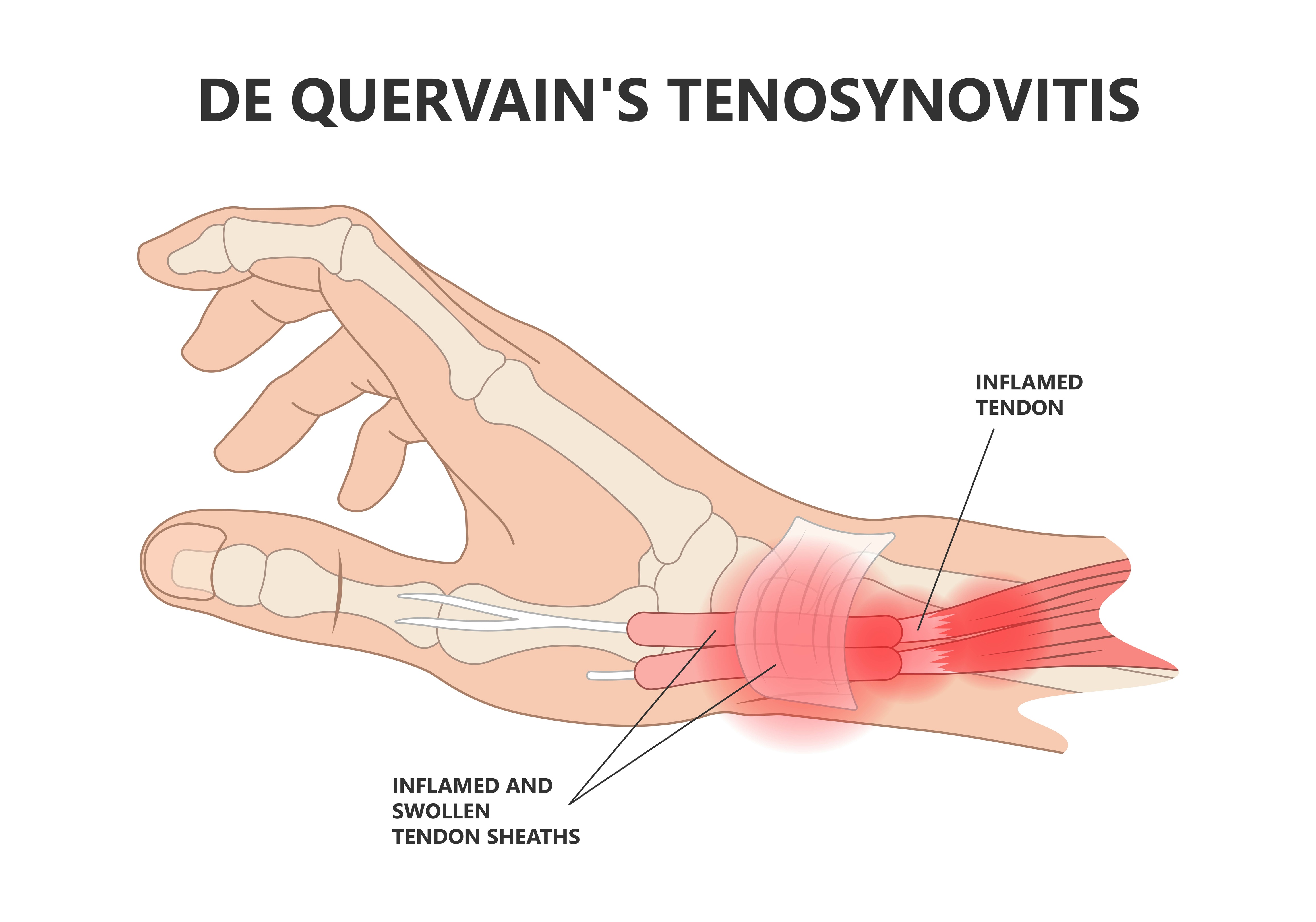
De Quervain’s Tenosynovitis is a painful condition that affects the tendons on the thumb side of your wrist. It occurs when the tendons become inflamed, often due to repetitive hand and wrist movements. This inflammation can cause pain, swelling, and difficulty with thumb and wrist motion, especially when gripping or pinching. Activities that involve twisting the wrist or lifting objects can worsen the discomfort, making daily tasks challenging.
For mild cases, non-surgical treatments like rest, splinting, anti-inflammatory medications, or corticosteroid injections may be effective. However, if these treatments do not provide relief or the condition continues to worsen, surgery may be recommended.
De Quervain’s tenolysis is a surgical procedure designed to release the sheath that surrounds the affected tendons, allowing them to move freely without friction or pain. This is a relatively simple surgery, typically performed under local anaesthetic, meaning patients remain awake but do not feel any pain in the area. A small incision is made at the base of the thumb, and the tight tendon sheath is carefully released, relieving the pressure on the tendons.
The surgery takes around 30-45 minutes, and in most cases, it can be done as a day procedure, allowing patients to go home shortly after the operation.
Following the surgery, most patients experience significant relief from pain and improvement in thumb and wrist function. Some swelling and discomfort are normal in the initial recovery phase, but these usually resolve within a few weeks. A splint may be worn for a short time after surgery to protect the wrist and aid healing. Patients can typically return to light activities after a few days, but full recovery may take around 4 to 6 weeks. Hand therapy may be recommended to speed up recovery and restore strength and mobility.
De Quervain’s Tenosynovitis is often linked to repetitive strain injuries, especially in the workplace. If your condition is related to an accident or work-related activity, you may be eligible for funding through ACC (Accident Compensation Corporation). ACC funding can help cover the cost of surgery, reducing the financial burden on patients. To qualify, you will need to have your condition assessed and verified as related to an accident or work-related injury.
Dr. Yaprak and his team are experienced in working with ACC claims and can assist in determining your eligibility for funding. If applicable, we can guide you through the application process and provide the necessary medical documentation to support your claim.
Cost: The initial consultation fee is $260. If ACC funding is not applicable or the condition is not work-related, the cost for De Quervain’s tenolysis varies based on several factors such as hospital and anaesthetic fees. A more accurate estimate will be provided during your consultation based on the complexity of your case and surgical needs.

Fractures in the hand or wrist are common injuries, often caused by falls, accidents, or sports-related incidents. A fracture occurs when one or more bones break, leading to pain, swelling, and difficulty in moving the affected area. Depending on the severity and location of the fracture, it may affect daily activities, hand function, and strength. In many cases, timely and appropriate treatment is crucial to prevent long-term complications or deformities.
Fracture repairs may involve different approaches depending on the type of fracture, its location, and whether the bone fragments are displaced. Simple fractures can sometimes be treated with immobilization, using a cast or splint to allow the bones to heal on their own. However, more complex or displaced fractures may require surgical intervention to realign the bones and ensure proper healing.
In cases where surgery is needed, fracture repair surgery involves the use of metal plates, screws, or pins to hold the bones in the correct position while they heal. This procedure is performed under either local or general anaesthetic, depending on the complexity of the injury. Dr. Yaprak carefully realigns the fractured bones to restore normal function and stability to the hand or wrist. The procedure is usually a day surgery, allowing you to return home on the same day.
The recovery process for hand and wrist fractures can vary, depending on the severity of the injury and the type of treatment required. After surgery, the affected area will be immobilized with a splint or cast to protect it during the healing process. Physical therapy may be recommended to help regain strength and mobility in the hand and wrist once the bones have sufficiently healed. Most patients can expect a full recovery within 6 to 12 weeks, although more complex fractures may take longer.
If your hand or wrist fracture is the result of an accident, such as a fall or workplace injury, you may be eligible for ACC (Accident Compensation Corporation) funding. ACC covers the cost of fracture repair surgeries without requiring a surcharge for ACC patients at our clinic. This means there will be no additional out-of-pocket expenses for ACC-approved fracture repairs.
Our team is experienced in handling ACC claims and can guide you through the process to ensure a smooth and stress-free experience. We work closely with ACC to ensure that your treatment, including consultations, surgery, and follow-up care, is fully covered where applicable. During your initial consultation, we will discuss your eligibility for ACC funding and assist you in navigating the claim process.
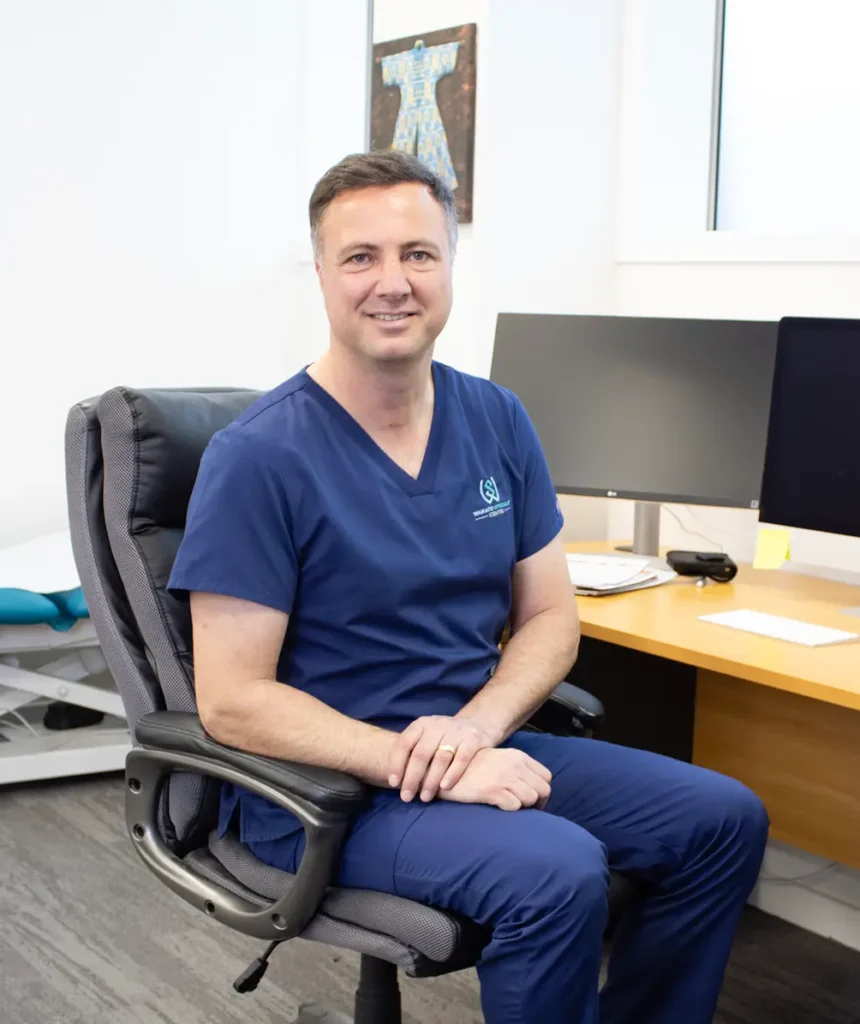
At Waikato Specialist Centre, we are dedicated to providing exceptional, compassionate care in a calm and professional environment. Every patient’s journey begins with thoughtful planning, clear communication, and a genuine commitment to understanding your goals. Dr Bulent Yaprak combines extensive surgical expertise with an artistic, detail-focused approach to ensure results that feel natural, balanced, and uniquely suited to you. All treatment plans are personalised following a face-to-face consultation, where your anatomy, concerns, and expectations are carefully assessed. Follow-up appointments prior to surgery are always complimentary, allowing you the time and reassurance needed to feel fully informed and confident in your decision. From your first enquiry through to recovery and long-term follow-up, our team is here to support you every step of the way—providing expert guidance, honest advice, and a level of care centred on your safety, comfort, and overall well-being.
We use cookies to improve your experience on our site. By using our site, you consent to cookies.
Websites store cookies to enhance functionality and personalise your experience. You can manage your preferences, but blocking some cookies may impact site performance and services.
Essential cookies enable basic functions and are necessary for the proper function of the website.
These cookies are needed for adding comments on this website.
Google reCAPTCHA helps protect websites from spam and abuse by verifying user interactions through challenges.
Statistics cookies collect information anonymously. This information helps us understand how visitors use our website.
Google Analytics is a powerful tool that tracks and analyzes website traffic for informed marketing decisions.
Service URL: policies.google.com (opens in a new window)
Marketing cookies are used to follow visitors to websites. The intention is to show ads that are relevant and engaging to the individual user.
Google Maps is a web mapping service providing satellite imagery, real-time navigation, and location-based information.
Service URL: policies.google.com (opens in a new window)
You can find more information in our Cookie Policy and .